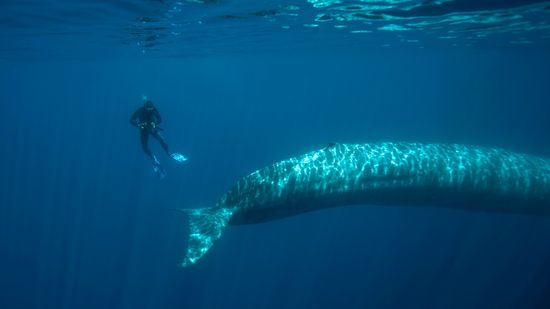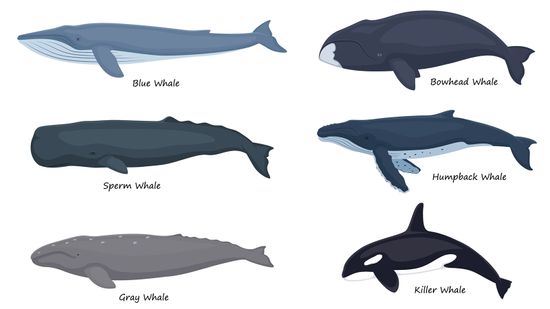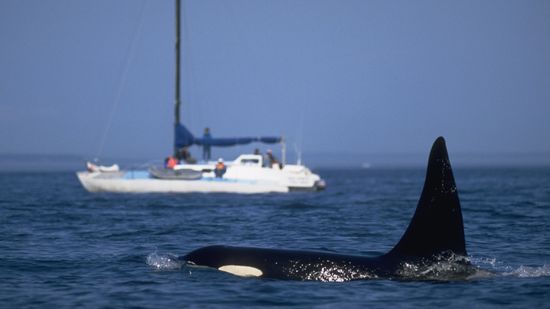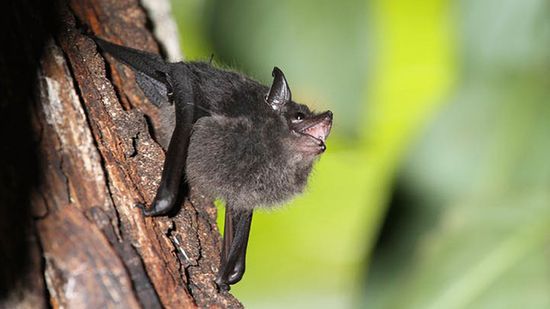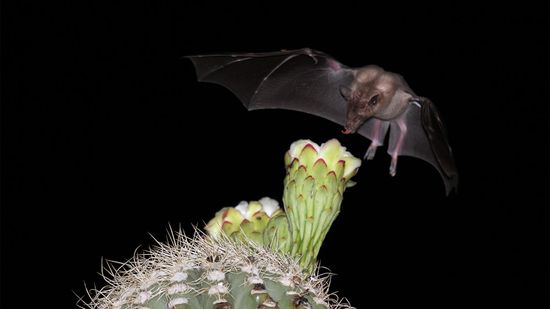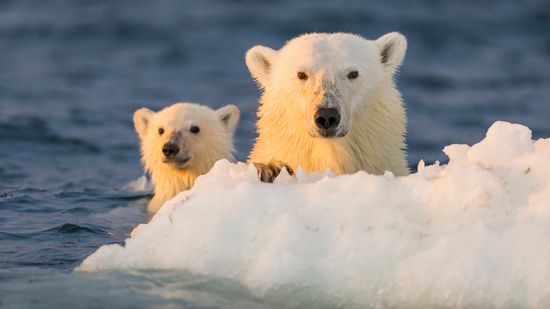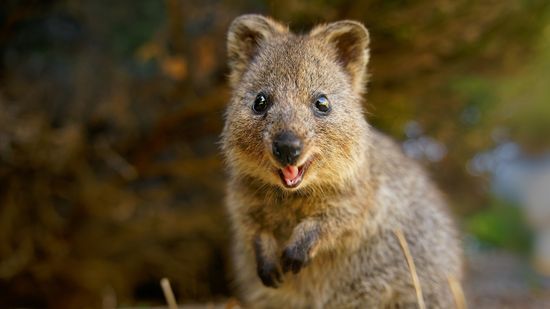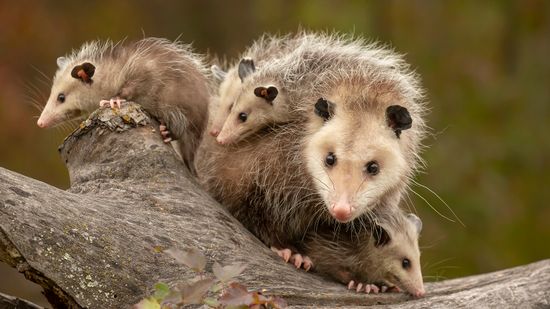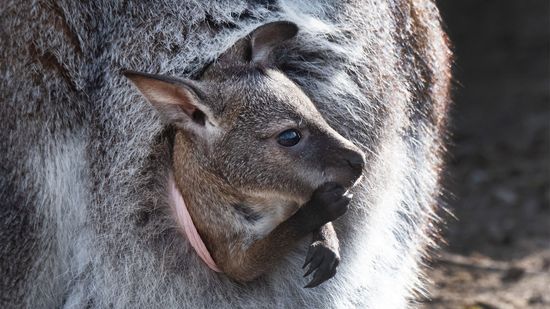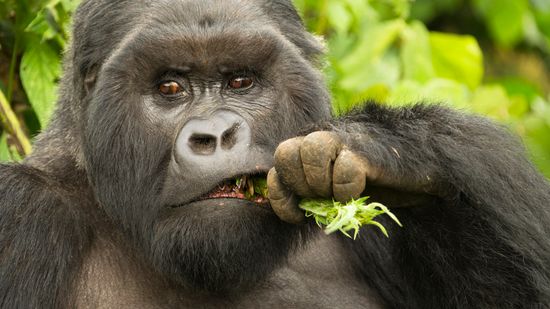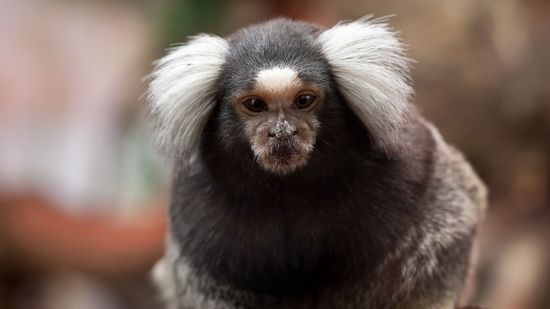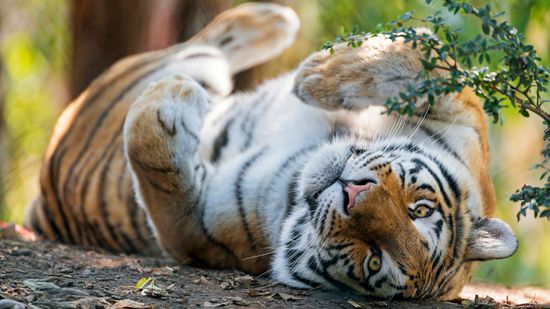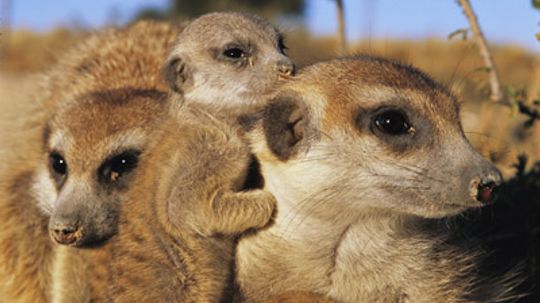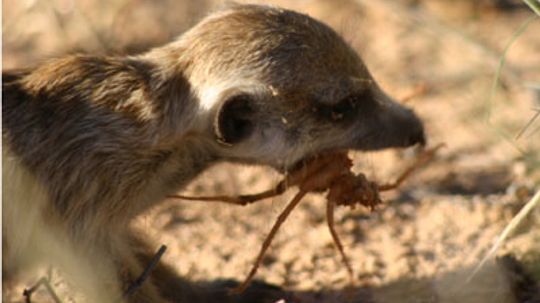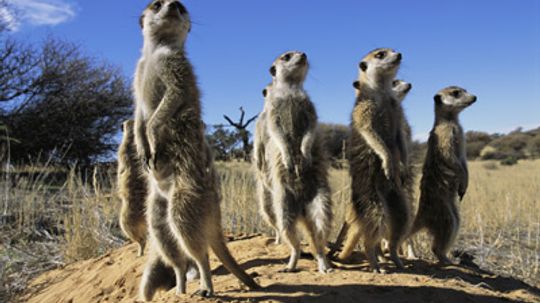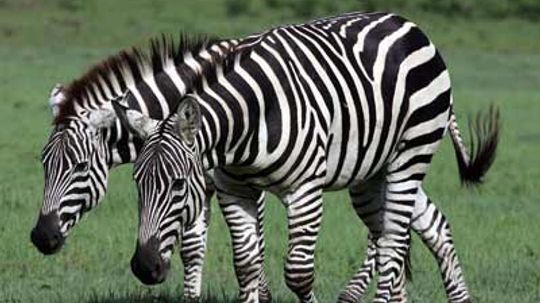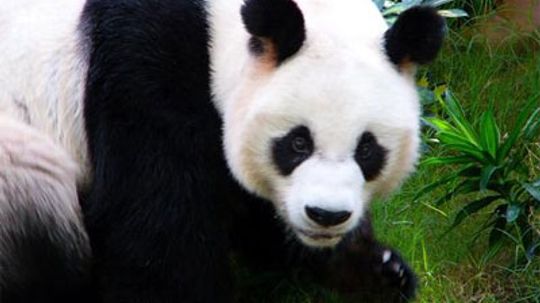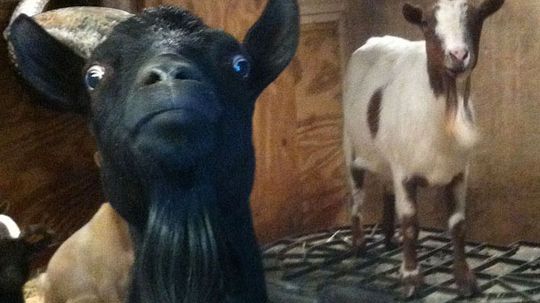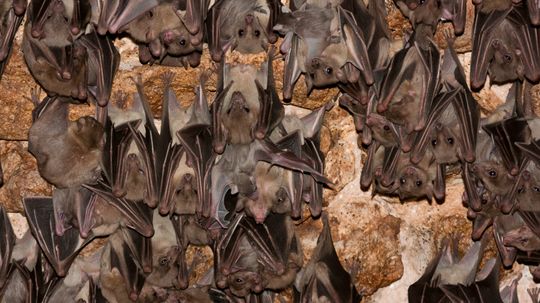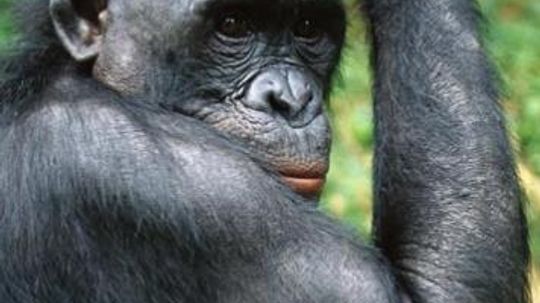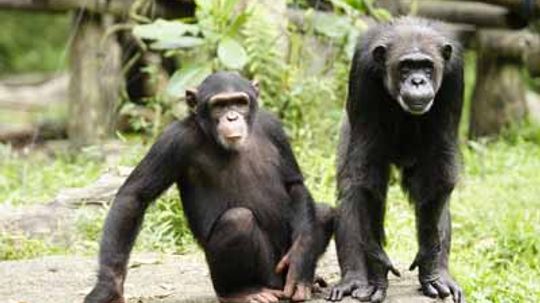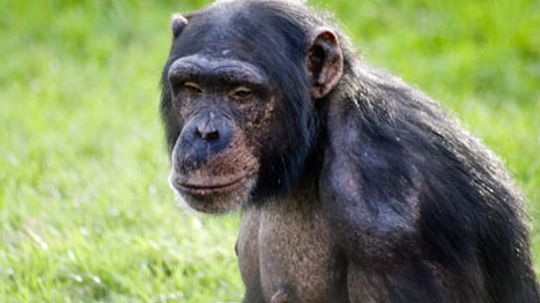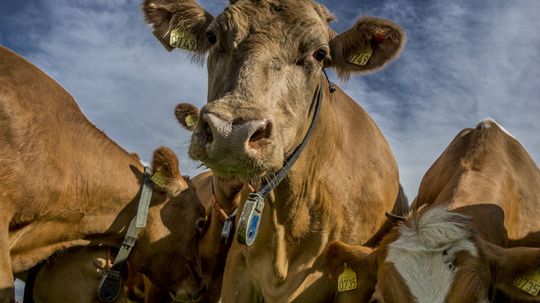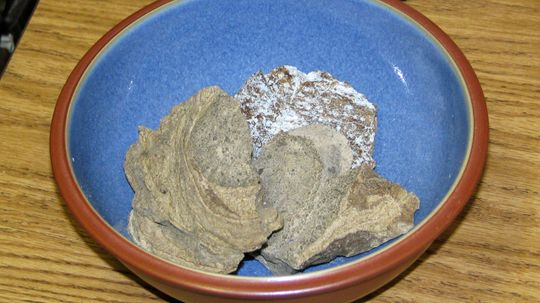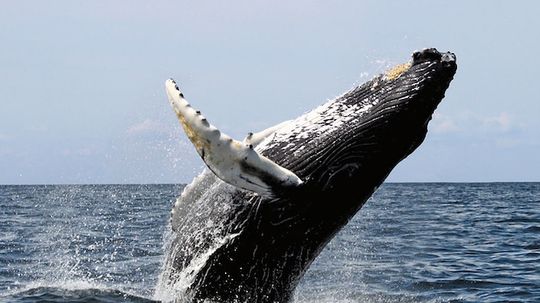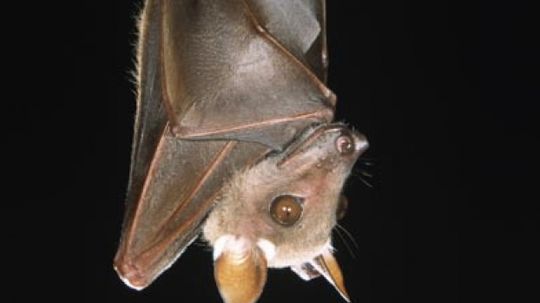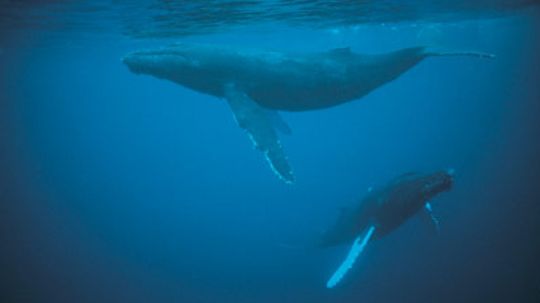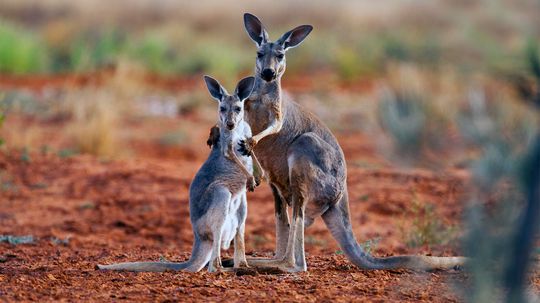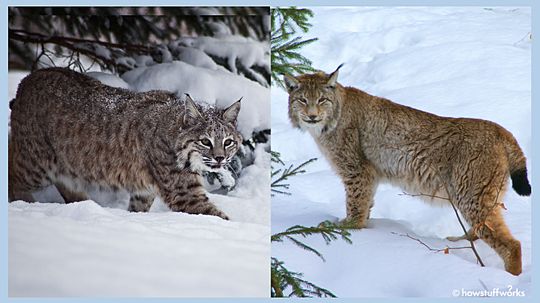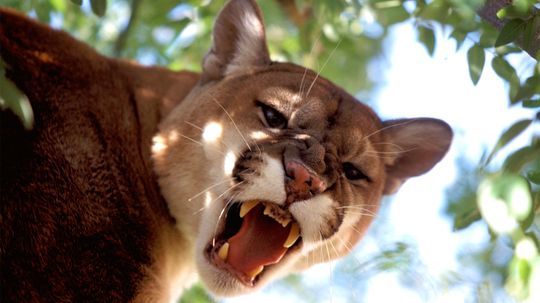Mammals
Scientifically-speaking there are 11 mammal groups, and most Mammals are warm-blooded, have body hair, give live birth and nurse their young with milk from mammary glands. Check out these articles about all kinds of mammals.
Learn More / Page 14
When it comes to lending a helping paw, meerkats are quite altruistic. Strangely, they evolved from the mongoose -- a real loner. What gives?
By Josh Clark
Mealtime in the Kalahari Desert isn't exactly an all-you-can-eat buffet. Meerkats eat what they can get -- even poisonous scorpions. Why doesn't the venom hurt them?
By Josh Clark
From sonnets to Skype, humans have been perfecting communication for centuries. Meerkats have their own ways of pointing out danger, food and even happiness.
By Josh Clark
Advertisement
You're probably familiar with celebrity meerkats like the Whiskers clan and Timon. But do you know anything else about this creature from the Kalahari?
I've heard that the black and white stripes on a zebra provide camouflage. How can this be if they're not in a black-and-white environment?
Each year, thousands of male Pacific walruses pack the beaches of Round Island off the coast of Alaska. Is there a reason for this months-long male bonding?
Since 1990, there have been only five panda cubs born in the United States. This may seem a little low. Getting pandas to mate in captivity is extremely difficult. Why is the birth rate for giant pandas so low? Find out the answer in this article.
Advertisement
Fainting goats don't really faint -- their muscles tense up and they fall over when they get scared. But why would anyone want a fainting goat?
By Robert Lamb
Contrary to popular belief, bats don't go around biting people and sucking blood. Bats got a bad reputation from the Dracula stories, but they actually prefer eating insects over blood. Find 13 incredible bat facts only at HowStuffWorks.
Bats are often found sleeping upside down during the day. They roost in secluded areas such as hollowed out trees and caves. Have you ever wondered why bats sleep upside down? Find out the answer to this question in this HowStuffWorks article.
Monkeys and apes have lots of similarities, but they're not the same animal. In a lot of ways, it all comes down to the tail.
Advertisement
Until now, no one has documented a definite case of chimpanzees using tools to hunt in the traditional sense. Find out what a new study on chimpanzees may reveal about human evolution.
By Julia Layton
Did you know you conserve energy every time you walk across a room? You do, in evolutionary terms at least. Find out how and why humans began walking upright and what this has to do with our body's energy use.
Cow flatulence produces the greenhouse gas methane, which is linked to global warming. Find out how scientists are working to reduce cow flatulence in livestock.
If you're wandering on the beach and happen upon a large mass of some sort of waxy substance, take a closer look. It could be the rare "floating gold" of the sea: ambergris. Find out whether this whale poop can help you retire rich.
By Julia Layton & Alia Hoyt
Advertisement
Despite their monumental proportions, the most phenomenal thing about whales isn't how big they are: It's the way they live. Whales are mammals -- warm-blooded, air-breathing creatures -- but they spend their entire life in the ocean. Find out about these awe-inspiring creatures.
By Tom Harris
Think you know what bats are all about? Chances are you're operating under at least a couple of misconceptions. Sort out the facts from the myths and see what makes bats so unique.
By Tom Harris
Do whales and dolphins sleep? I know they have to come to the surface of the water periodically to breathe, so wouldn't they die if they dozed off?
Wallabies and kangaroos may look alike, but they're not identical marsupials. We'll tell you how to determine which is which.
Advertisement
Never wish a jockey good luck by saying "break a leg." Horses with broken legs might face a grim future, but does that mean they must be euthanized?
The bobcat and lynx may not be much larger than the house cat lounging on your couch, but these felines rely on specific adaptations to survive in the wild.
As much as human beings have encroached on wildlife over recent decades, there are still several species of big cats living wild in the U.S. today.
